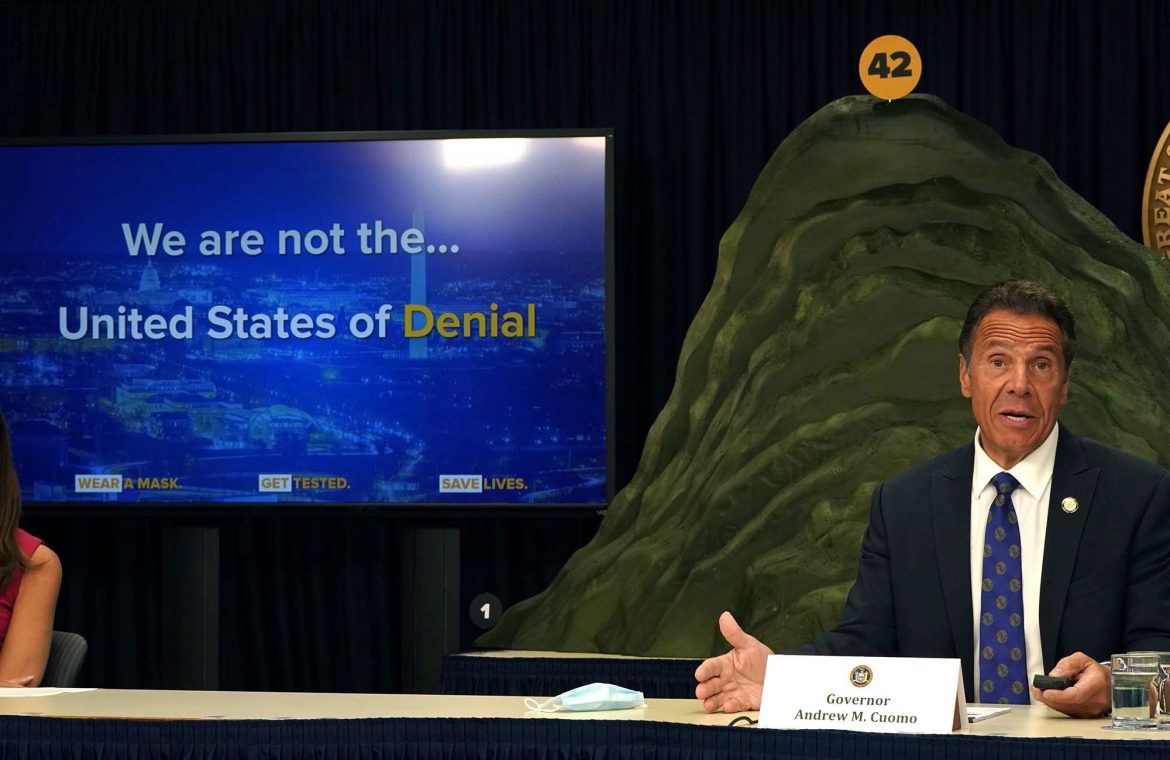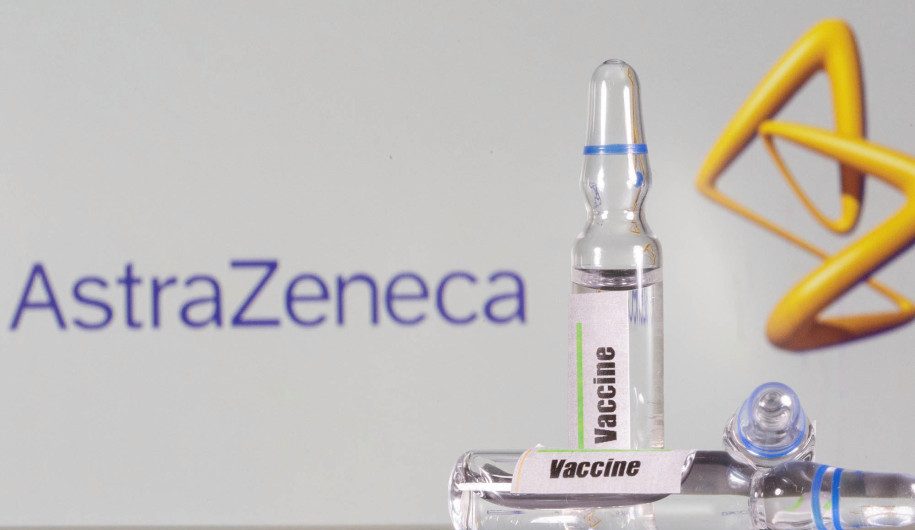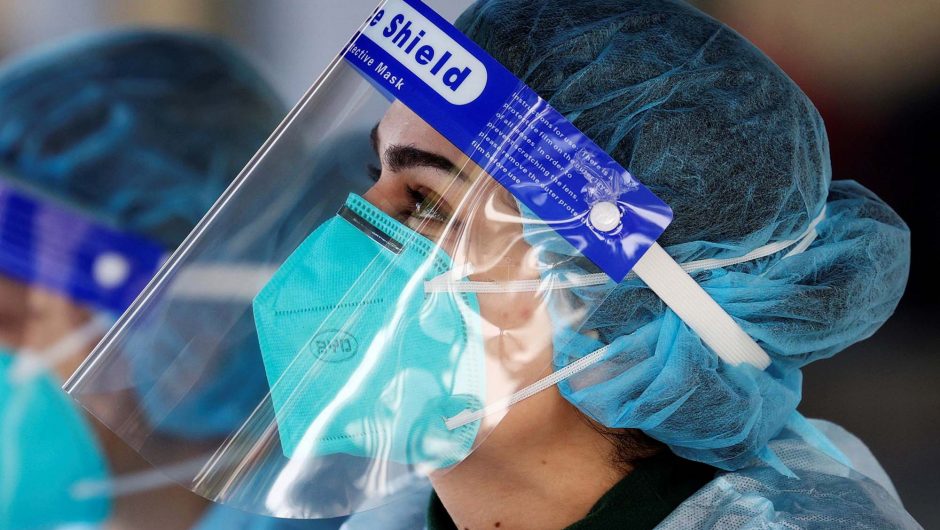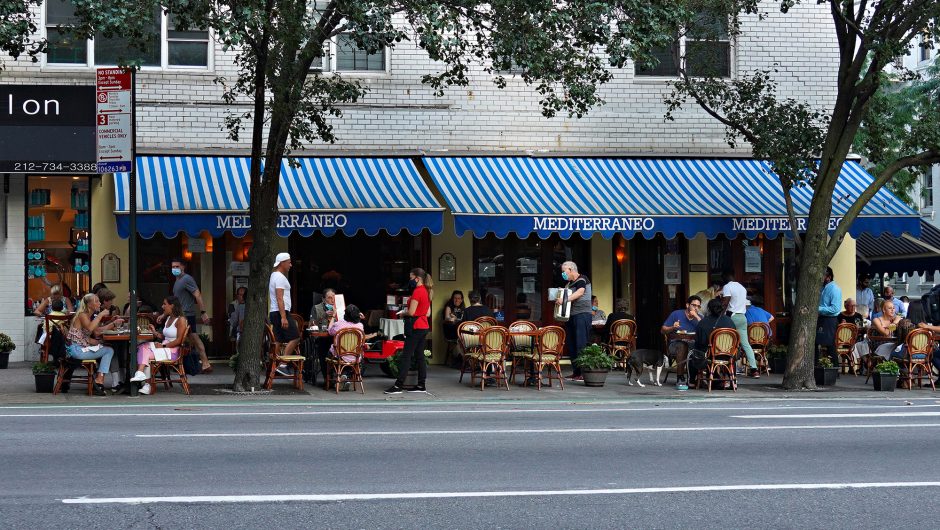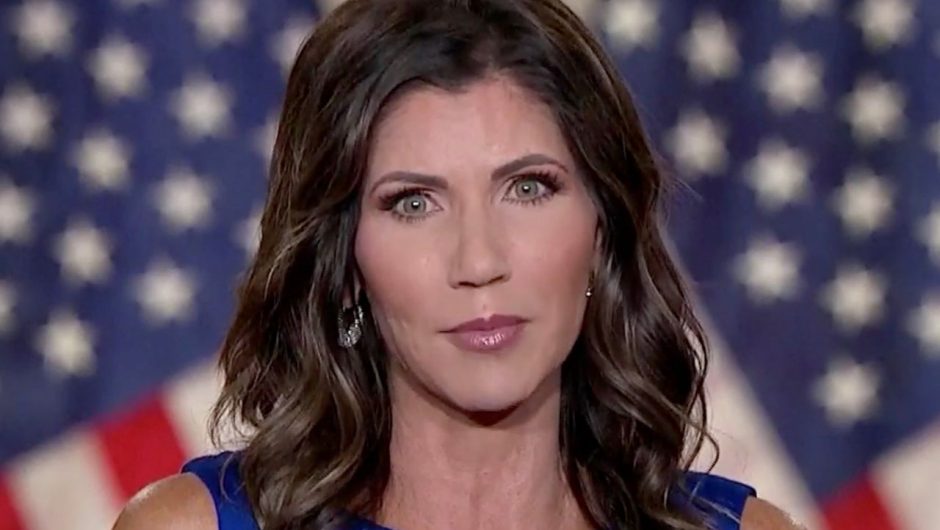Watchdog groups are urging Gov. Andrew Cuomo to provide $50 million in emergency funds to election board officials across the state to avoid chaos and delays in handling millions of mail-in ballots during the Nov. 3 general election taking place amid the coronavirus pandemic.
The request comes after the June 23 primary election that had New York City residents waiting six weeks for the results of certain elections. Absentee ballots accounted for an unprecedented 40 percent of the vote during the primary and tens of thousands of ballots weren’t counted or disqualified.
The governor issued an executive order making it easier for New Yorkers to vote via mail-in ballot as a health measure to reduce the number of people to the polls to help prevent COVID-19 outbreaks.
In a joint letter to Cuomo, five advocacy groups said cash-strapped boards of elections will grapple with a much larger volume of voters in November, which could add to the difficulty of administering the election.
The advocates said funds are needed to protect poll workers, pay for mail-in voting, and conduct voter outreach.
“Recent reports have underscored the pressing need for state funding for our November elections. Our organizations are acutely aware that New York has a series of brutal budget choices ahead, but funding the state’s democracy and supporting the safety and security of its elections must be prioritized ahead of the most consequential election in recent history,” said the letter signed by reps from Reinvent Albany, the NY Public Interest Research Group, Citizens Union, Common Cause and the League of Women Voters.
“The New York State Board of Elections (NYSBOE) estimated last month that at least $50 million will be needed in order for the state and local boards of election to adequately prepare for the eightfold increase in voter turnout anticipated in November,” the advocates.
More than 1.8 million New Yorkers voted during the June primary. but state elections estimate 8 million people will vote in November with the presidency up for grabs – including as many as 5 million votes via mail-in ballot.
President Trump and Congress earmarked $20 million to New York’s local election agencies as part of a spring COVID-19 relief package. But the advocates said the federal funding is nearly exhausted.
The advocates said more staff will be needed for the expected deluge of mail-in or absentee ballots.
“Nearly 40% of New Yorkers voted absentee in June. This is extraordinary growth, and the state and local election boards face challenges dealing with this volume during COVID-19. Boards of election need larger facilities in which to count absentee votes in order to maintain social distancing as well as additional staff to process the ballots in a timely way,” they said.
Election officials will need to institute measures to protect the health and safety of poll workers and voters. There were 248 early voting poll sites and 3,636 election day poll sites during the June primary.
“Counties will need to adhere to the CDC-recommended mass gathering safety protocols in order to minimize health risks. Counties will need to purchase personal protective equipment (PPE) like masks, hand sanitizer, and acrylic barriers and increase the cleaning of high-touch surface areas like voting privacy booths and poll site doors,” the letter said.
Election officials also must do more voter outreach during the pandemic — including informing voters that they can request absentee ballots and drop them in special ballot boxes at polling sites, or vote at polling sites during nine days of early voting to ease pressure at polling sites on Nov. 3 Election Day.
But Cuomo Division of Budget spokesman Freeman Klopott said the cash-started state can’t afford to cough up $50 million.
“The boards of elections have millions of dollars available to them from previously provided funding from the State and Federal governments and they should make use of those resources as the State is contending with a $62 billion revenue drop over four years,” Klopott said.
“In the absence of Federal funding to offset this revenue loss, the State, which funds schools, hospitals, and public safety, will have to make spending reductions, and anywhere we don’t reduce spending will mean deeper reductions elsewhere. This is another reason the Federal government must step up and provide States with necessary resources.”


